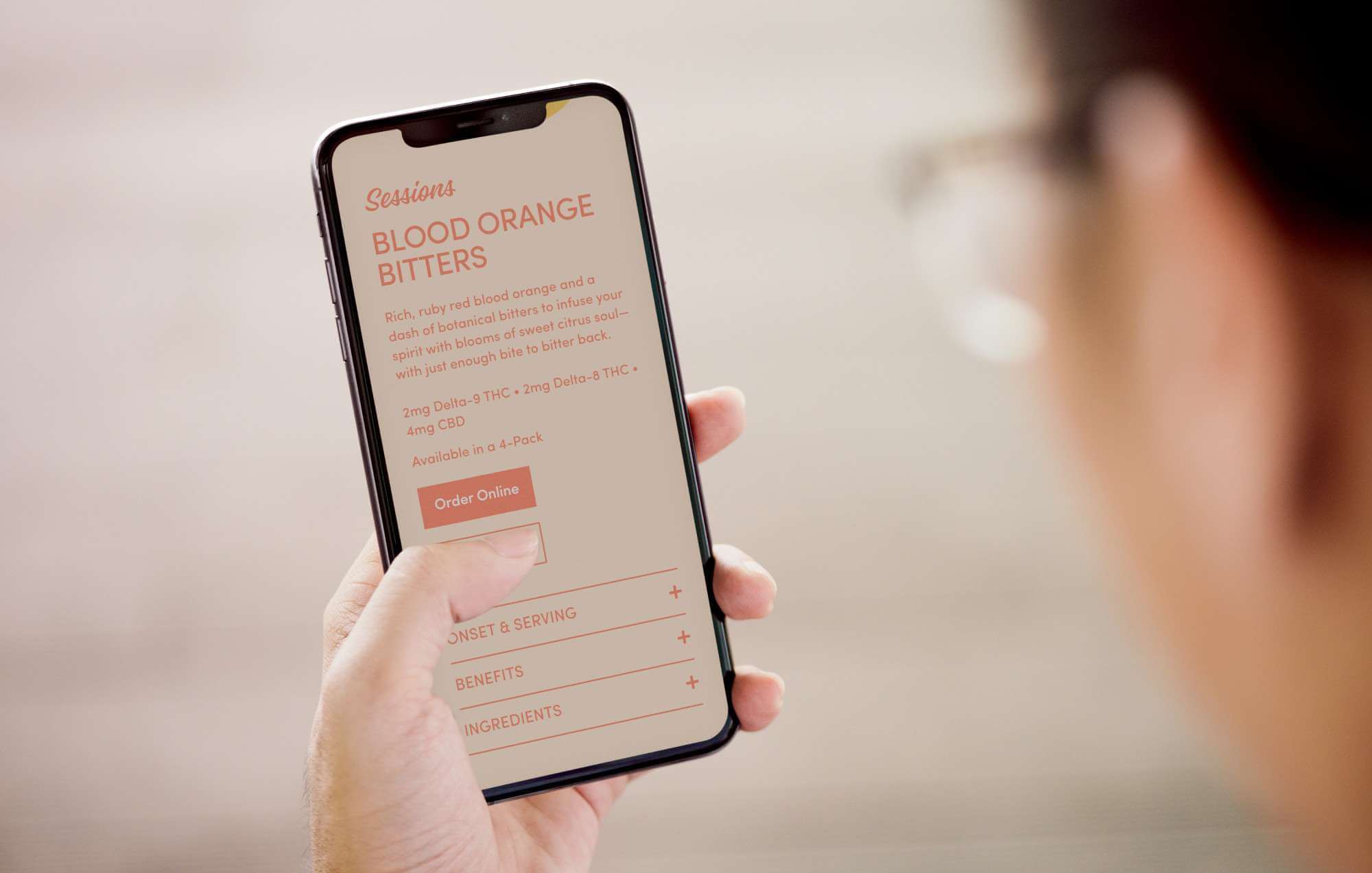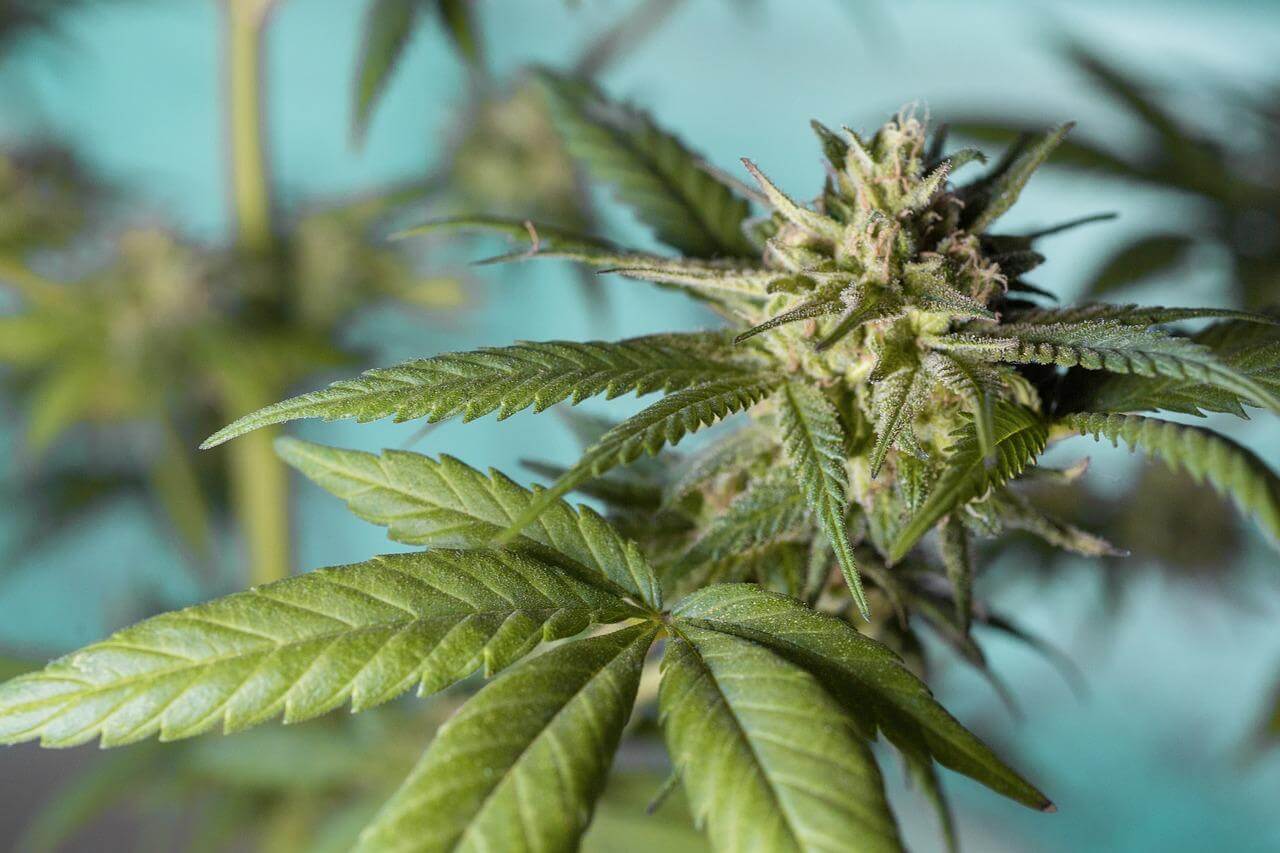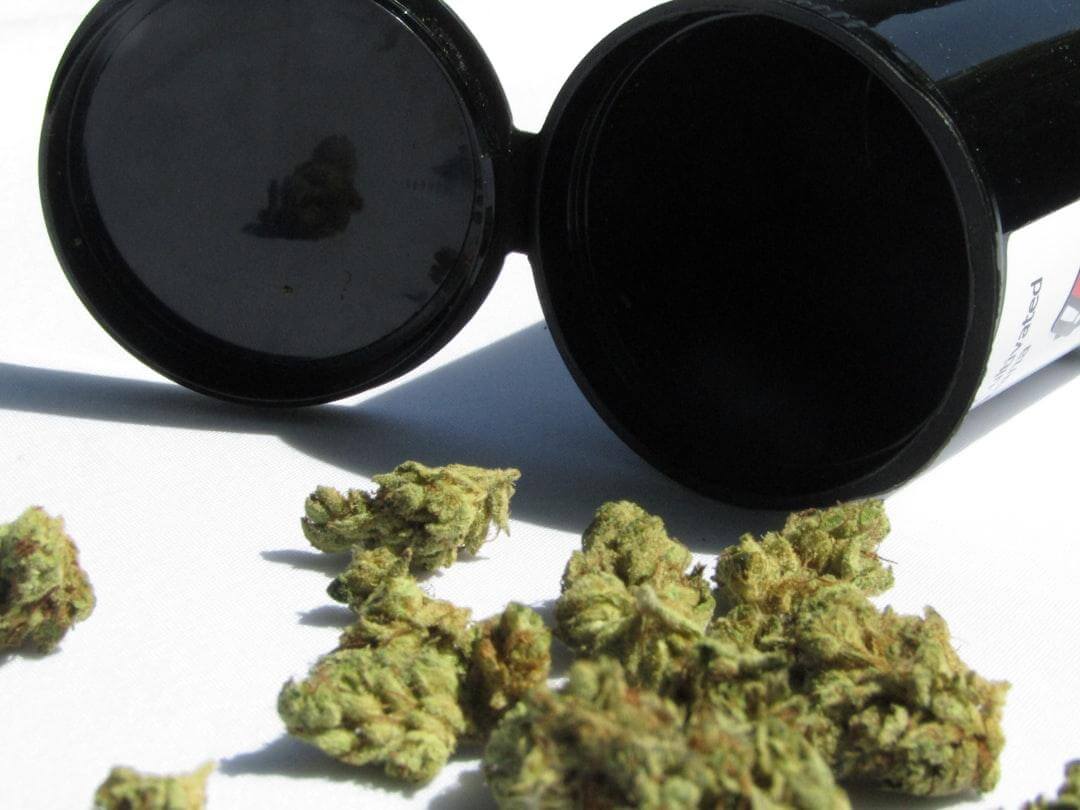Far too often, cannabis websites miss the mark with their customers. This is evidenced by the low traffic, high bounce rates, and even lower interaction we see across the industry digitally. We can help solve this by considering this 5 tips in order to boost the effectiveness of your cannabis website.
Map of your product locations
This should hardly come as a surprise to most of you. Customers who search out your cannabis brand online are often looking to expand their knowledge on your product line and locations. It’s therefore imperative that you start early (even if you’re only in a couple dispensaries) to start mapping the locations of your product in a dynamic way.
An example from Island’s Website
Most of your options for an interactive map will be based on what CMS your cannabis website is built on top of. If you had an agency or freelancer develop your website, shoot them an email and ask them what framework you’re using. If you’re using WordPress, for instance, a quick and dirty plugin is the Store Locator by Agile Logix for a measly $24. No custom development, just a simple integration to start showing the locations where your cannabis products are sold.
Blog – a lot.
We know, this seems like a huge strain on resources – when often you’re already up to your eyeballs in seemingly more important tasks. This is a common issue for our cannabis clients, but the payoff for investing in your content strategy pays off by orders of magnitude.
The first thing that blogging will help with is your ability to be found. When searching on search engines, your ranking from the 1st result down is called SEO. Now a huge number of factors play into this ranking – so much so that it would take volumes in order to fully understand the factors by which you rank.
One thing that undoubtedly helps your SEO is blogging with keywords relevant to your clientele (perhaps how you even found us). You can check your overall SEO scores, as well as comparing them to your competition with this tool. Now this will only give you a small snippet into your overall score, but can reveal some issues with on-page SEO in relation to the content you have on your site.
Start Blogging Online’s traffic increase from their blogging efforts
There are a lot of statistics that show the ROI of blogging, we’ll outline a few here from our friends at ImpactBnd:
- Companies that blog get 55% more website visitors.
- The average company that blogs gets 97% more inbound links.
- Small businesses that blog get 126% more lead growth than small businesses that do not blog.
So we’ve demonstrated that blogging can help you be found online which has obvious implications for your sales funnel; but what about a more qualitative benefit for blogging?
Well let’s consider the broader brand vision of “becoming a leader” in the cannabis industry. This involves publishing content and thoughts that further the discussion within cannabis. No matter your sales, in order to establish your voice – it will involve a medium of communication with your target demographic. This in turn makes you an attractive company for publications like these, as well as a stronger case for investment and acquisition.
Integrate digital sales funnels
This is a problem we see quite a bit. We have a beautiful site that checks most of the boxes, but fails to capitalize on the traffic and customers that have sought them out. Let’s first address some of the ways you could integrate tech on your website to bulk up your sales pipeline.
- Newsletter sign up
- Text message sign up
- Push notifications
- Article alerts
- Promotions sign up
These examples could be all used, combined, or reduced to what works for your bandwidth. Ultimately, gaining more insight into your customer base will allow you to speak to them more directly with content and a voice that they’re seeking out. Some of these funnel integrations also gives you direct access to your customer (which is a great thing).
For instance, let’s imagine you’re a producer / processor based in Spokane, WA. The summer months are approaching but, with more competition in the market, you worry you won’t reach your sales goals from last summer. You decide to take action by beefing up your website with push notifications and a newsletter sign up. You include in your CTA for your newsletter a chance to win some merch for your company (which a majority of your traffic already suggests are your fans).
You have a total of 2,500 opt-ins for your push notifications, and 15,000 newsletter subscribers. Now, in June, you can proceed with your marketing campaign. With access to 17,500 of your users / potential users – you can begin testing different emails and content pushes to entice them to purchase your products. Let’s say your marketing agency expects a 10% conversion rate from reading your content to purchase. We’ve now made ~ 1,750 sales directly from your campaign, and can continue to grow the value and count of your subscribers within your funnel. In the meantime, with an average basket size of $35 of your product, we’ve made a cool $61,250. Not too bad for a little work on the website.
Engage Your Consumer
While we’ve focused so far on building and solidifying our sales funnel, we want to acknowledge the power of strong branding in our engagement or attraction process. Simply put, it’s time to showcase our brand attributes and display who you are. In the case of website content, we can break these into a few different categories to keep our focus:
Tell Your Story
You may feel underwhelmed with your story now – and fear your customers will feel the same way. This feeling isn’t unique to you – in fact, we’d venture to say most business owners feel like their story will fail to provide value. This is often not the case. Spend time either independently, with colleagues, or a PR firm or agency to begin thinking about what has made your experience unique. Focus on the company as a whole; how has your story affected the mission your company seeks to achieve? Once you’re team has identified a kernel of greatness within your story – work together to expand upon it. Developing and telling your story effectively is foundational to your brand – so let this be the starting point.
Share Your Mission
Your company’s mission is often intertwined with your story (as you may have imagined). We often see mission statements on websites in the form you would find in a pitch deck – simple, labeled, and short. While this certainly makes your mission known, take time to think about what can be done to bring your vision into the call-to-actions throughout your site. We recently had a client who saw great value in liberating and educating their community, and made the point to include a portal to vote within their local elections on their website. Mission to spread creativity and joy? Create a campaign to submit and feature artwork for your packaging next quarter. Your website is a tool too, not a brochure.
Establish Your Voice
Once we’ve developed the brand’s story and mission, it’s time to think about how to tell it through your tone of voice. We prefer to develop brand values and make use of our “are’s and are not’s” to create a tone of voice that is consistent and on brand. If perhaps you are not investing an agency to develop these, we can think from a bottom up approach (although a bit inferior). Who are your customers, what do they value, what do they do, and how do they relate to your brand? Understanding your existing core demographic can help your brand create a tone of voice that would appeal to them. For this, we would recommend sitting down and writing a day’s journal from your customer’s perspective. You might recognize that a personable and confident voice seems congruent, while luxury brands may shift towards an exclusive and bold approach to their tone.
Add Interactive Elements
Creating an interactive experience, tool, or asset for your customers can put your leaps and bounds ahead of your competition. The complexity of developing these interactive tools probably leaves your best shot with a cannabis branding agency or freelancer, unless you have some background in web development and marketing yourself.
The premise is essentially this: Create a tool that user’s enjoy using, and they will continue to come back.
This creates a strong association with expertise for your cannabis brand. Not only will your customers look to you for future information, the tools that you develop can also be tied into your sales funnel. Let’s consider a very basic interactive tool outside of the industry, in coffee:
Ceremony’s web tool for choosing coffee based on color
Don’t feel too intimidated by this website (it is after all a multiple award winning website), but do take a second to play around with it’s interface. Ceremony takes a very basic approach to letting your explore it’s coffee “strains” by “color.” This is largely meaningless in the context, but we can imagine, just by adding a few more choices to this tool, how something similar could produce a nice tool for your cannabis consumers.
Let’s say we add first the multiple choice question: “I want to feel…”
- Relaxed
- Inspired
- Energetic
- Social
From there, we can sort your cannabis strains algorithmically to appear based on choice. Every addition of a question not only would allow the user to find the best product for themselves but, if logged, could give you more information as to what your users are looking for and why.
The final broad benefit is the shareability of interactive experiences. When people find digital content that excites and resonates with them, they are more likely to share the content by word of mouth or by social platform. This helps increase your customer base, and again beefs up your sales pipeline by providing value.
Conclusion
We’ve revealed that creating systems to bring traffic, learning about your users, and bringing them into the sales funnel are achievable with minimal resource investment. Furthermore, investing in these systems can help you with other qualitative brand goals and exit strategies for your cannabis brand.
In truth, we could add 50+ more things we consider to be important when considering cannabis web design. That’s because cannabis branding is an ever evolving effort in order to remain congruent, profitable, and grow. If you are interested in talking about what we can do for your cannabis website, reach out today.











